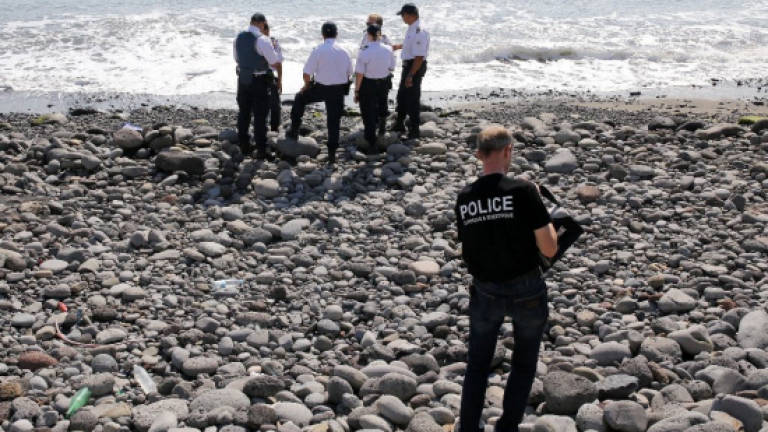Q&A on the MH370 mystery

SYDNEY: Almost three years after Malaysia Airlines Flight MH370 disappeared with 239 people aboard, the most expensive underwater search in history has been called off, with the whereabout of the plane still a mystery.
Here are some of the key questions still swirling around MH370:
Q: Why has the search been halted?
A. The Australian-led undersea search, which was suspended Tuesday, operated on the assumption that MH370 went down somewhere in the remote southern Indian Ocean, based on satellite data.
The Australian, Chinese and Malaysian governments decided last year that once the designated 120,000²km search zone – four times the size of Belgium – was fully scoured, the plug on the operation would be pulled unless promising new leads emerged.
No plane debris was found in the area.
Q: Was the search in the right area?
A. New research by international experts published in December concluded that the plane was not in the search zone but may be further north.
The zone was determined through analysis of signals from MH370, detected by a satellite, which indicated its last known location as somewhere along an arc sweeping north into Central Asia or south into the Indian Ocean.
Many next-of-kin believed the search was too narrowly focused and wanted it expanded.
Q: Will the search resume?
A. The December report identified an area of approximately 25,000²km with the highest probability of containing MH370 wreckage.
But Australia and Malaysia said it did not constitute a strong enough lead to extend the search as it did not offer a specific location for the missing aircraft.
A wing fragment was found on Reunion island, thousands of kilometres from the search zone in July 2015, and later confirmed as being from MH370 – the first proof the plane met a violent end.
Debris found off Tanzania and Mauritius were last year also confirmed as coming from the missing jet. Several other pieces recovered mostly on western Indian Ocean shorelines have been identified as likely, though not definitely, from MH370.
Authorities have said the finds were consistent with oceanic currents that could have carried the wreckage from the search area.
Q: What caused the disappearance?
A: Leading theories include a mechanical or structural failure, a hijacking or terror plot and rogue pilot action.
The Australian Transport Safety Bureau found the flight was likely out of control when it plunged into the ocean with wing flaps not prepared for landing.
The finding cast doubt on theories a pilot was still in charge.
A range of outlandish conspiracy ideas have been advanced. Suggestions have included that the plane was commandeered to be used as a "flying bomb" headed for the US military installation on Diego Garcia atoll – and was shot down by the Americans – or that it was flown to a Russian facility in Kazakhstan.
Q: Why are next-of-kin so suspicious?
A: Kuala Lumpur and the airline insist they are hiding nothing, but their credibility was damaged in the chaotic initial response.
Besides a series of contradictory early statements, there were miscues such as the revelation that Malaysian immigration allowed two Iranian men aboard on false passports. They were later said to be just illegal migrants.
Malaysia's air force also took days to reveal that it had tracked MH370 flying far to the west, wasting precious response time.
Families say the government and airline have routinely stonewalled requests for more information – a charge they deny – and many refuse to believe the plane crashed.
This is particularly true in China – 153 Chinese nationals were aboard – where distrust of officialdom under the Communist Party is ingrained.
Q: How rare are cases like this?
A: The Netherlands-based Aviation Safety Network, which tracks air incidents, reports only one other instance where a plane carrying more than 100 people disappeared without a trace.
That was in 1962 when a turbo-prop operated by US-based Flying Tiger Line and chartered by the US military disappeared en route from Guam to the Philippines with 107 people aboard.
Q: What will be MH370's aviation legacy?
A: A crucial factor in the mystery was the inability to monitor MH370's movements after tracking features were disabled as it went off course.
The International Civil Aviation Organisation (ICAO) has mandated that airlines implement systems by November 2018 to track aircraft at least every 15 minutes.
Some carriers such as Malaysia Airlines have already implemented the move.
The ICAO also plans to impose real-time tracking for aircraft in distress, according to reports.
It also has banned as a fire-risk the transport of lithium batteries in cargo holds – MH370 carried a consignment of such batteries. — AFP